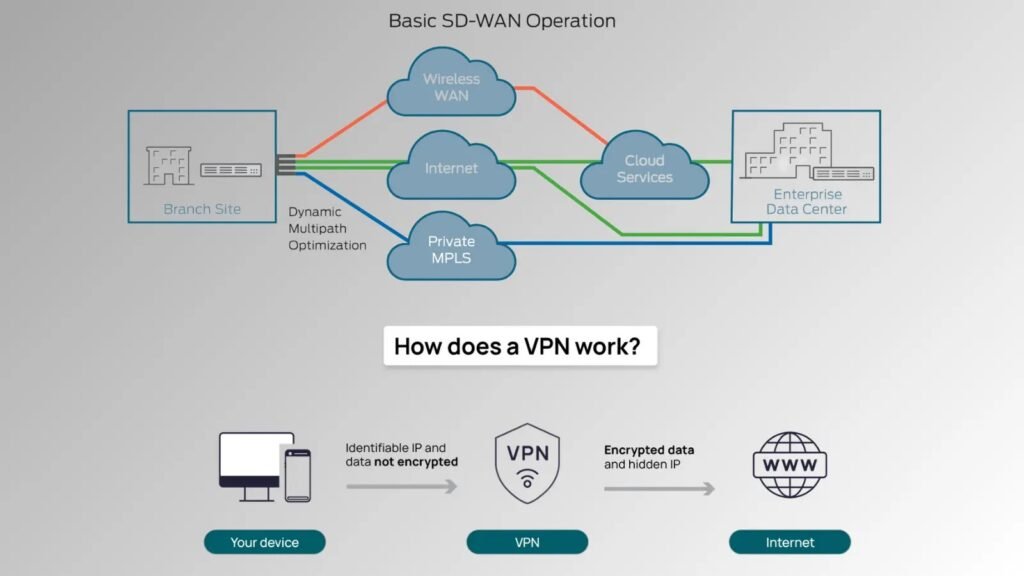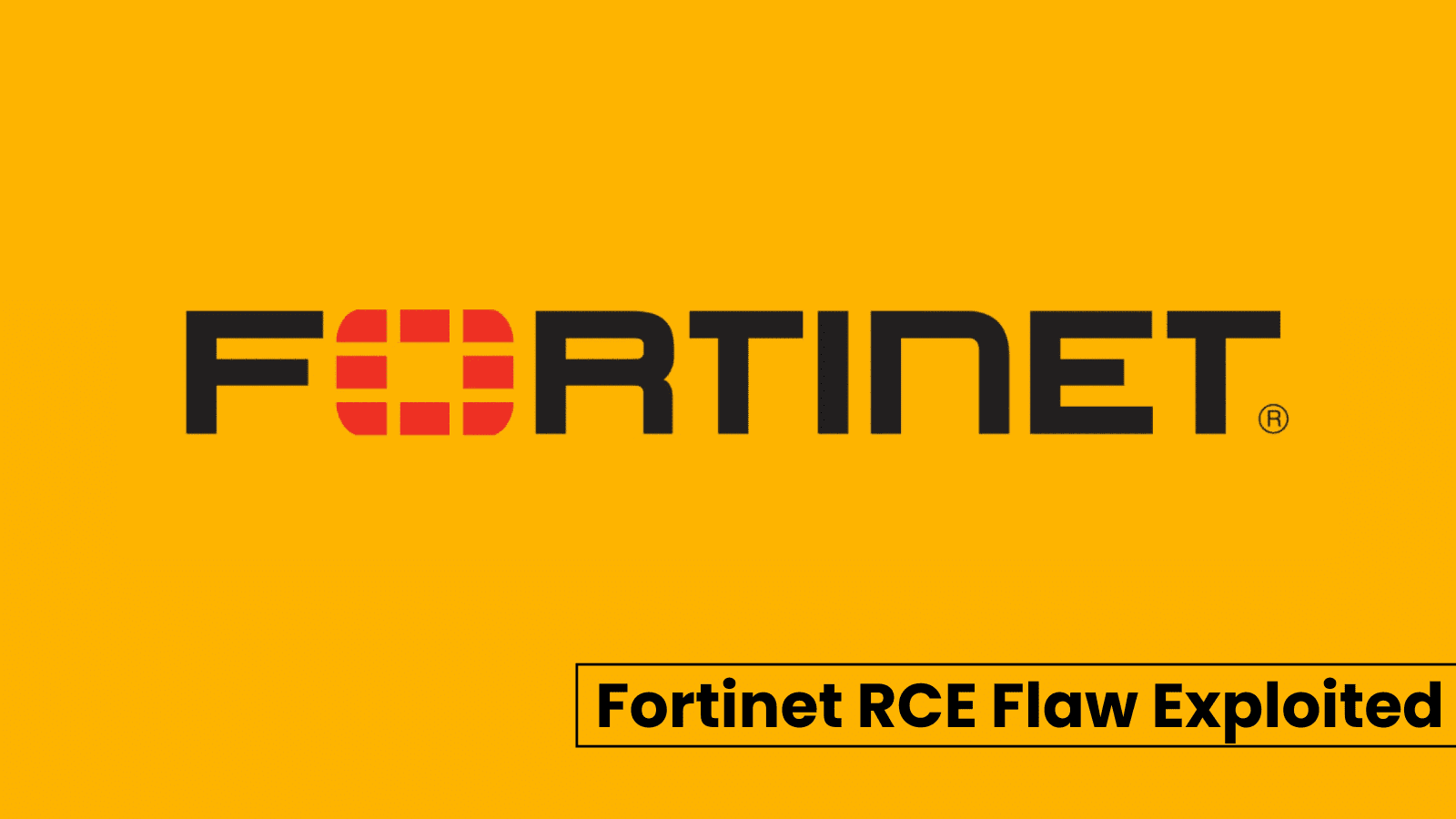VPNs vs. SD-WAN: Which Provides Better Cybersecurity?
In today’s hyper-connected world, cybersecurity is a critical concern for businesses and individuals alike. Two technologies often come up in discussions about secure network solutions: Virtual Private Networks (VPNs) and Software-Defined Wide Area Networks (SD-WAN). Both promise enhanced security and efficiency, but which one truly offers superior cybersecurity? Let’s delve into each to determine their strengths and weaknesses.
Understanding VPNs: The Traditional Guard
Virtual Private Networks (VPNs) have been a cornerstone of network security for decades. They create a secure tunnel between the user’s device and the internet, encrypting all data transmitted through it. This encryption makes it extremely difficult for hackers to intercept and read the data.
The primary advantage of VPNs is their simplicity and proven track record. They are easy to deploy and use, making them a go-to solution for many businesses. VPNs can be particularly effective for remote workers, ensuring their internet activity is protected regardless of their location. For individuals seeking the best VPN for multiple devices, many providers offer plans that cover several devices under one account.
However, VPNs are not without their drawbacks. One significant issue is potential latency. Because all data must travel through the VPN server, this can slow down internet speeds.
This is a particular concern for gamers looking for the best VPN for gaming, as lag and latency can impact the gaming experience. Additionally, managing a large number of VPN connections can become cumbersome, especially as an organization scales.
The Emergence of SD-WAN: A Modern Solution
Software-Defined Wide Area Networks (SD-WAN) represent a newer, more advanced approach to networking. SD-WAN uses software to control connectivity, management, and services between data centers and remote branches or cloud instances. This technology offers a higher level of flexibility and efficiency compared to traditional networks.
One of the standout features of SD-WAN is its ability to prioritize critical applications. By dynamically routing traffic through the most efficient path, SD-WAN ensures that essential services receive the bandwidth they need. This intelligent traffic management can significantly enhance performance and reliability.
Security is also a major focus of SD-WAN. Many SD-WAN solutions come with built-in security features such as end-to-end encryption, firewalls, and threat detection. These integrated security measures can provide a robust defense against cyber threats, often surpassing the capabilities of traditional VPNs.
Comparing Security Features: VPNs vs. SD-WAN
When it comes to cybersecurity, both VPNs and SD-WAN have their merits. VPNs offer strong encryption, crucial for protecting data in transit. This encryption can safeguard sensitive information from being intercepted by malicious actors. Additionally, VPNs can mask the user’s IP address, providing an extra layer of anonymity.
SD-WAN, on the other hand, takes a more comprehensive approach to security. In addition to encryption, SD-WAN solutions often include advanced security protocols such as zero-trust network access (ZTNA) and secure web gateways (SWG). These features can provide more granular control over network access and enhance protection against web-based threats.
Moreover, SD-WAN’s ability to segment the network can prevent the lateral movement of attackers. If a breach occurs in one segment, the attacker cannot easily access other parts of the network. This segmentation can be particularly valuable in minimizing the impact of security incidents.
Performance and Scalability: A Critical Evaluation
Performance is a critical factor in evaluating any network solution. VPNs, while secure, can suffer from performance issues due to the need to route all traffic through a central server. This can result in increased latency and reduced speeds, particularly for users located far from the VPN server. For users seeking the best VPN for gaming, this can be a significant drawback.
SD-WAN addresses these performance issues through its intelligent traffic management capabilities. By dynamically selecting the best path for each type of traffic, SD-WAN can optimize performance and reduce latency. This can be especially beneficial for businesses with geographically dispersed branches or remote employees.
Scalability is another area where SD-WAN outshines traditional VPNs. As businesses grow and their networking needs become more complex, managing a large number of VPN connections can be challenging. SD-WAN’s centralized management and automation features make it easier to scale the network without compromising security or performance.
Cost Considerations: Balancing Security and Budget
Cost is always a significant consideration when choosing a network solution. VPNs are generally more cost-effective to implement, especially for small to medium-sized businesses. They require less infrastructure and can be quickly deployed without significant upfront investment.
SD-WAN, while potentially more expensive to implement, can offer cost savings in the long run. By optimizing traffic and reducing reliance on expensive MPLS circuits, SD-WAN can lower operational costs. Additionally, the enhanced performance and security features of SD-WAN can provide a better return on investment over time.
It’s essential for businesses to weigh these cost considerations against their specific needs and resources. For some, the simplicity and lower cost of VPNs may be sufficient. For others, the advanced capabilities of SD-WAN may justify the higher initial investment.
Real-World Use Cases: VPNs and SD-WAN in Action
To better understand the practical applications of VPNs and SD-WAN, let’s examine some real-world use cases. Many small businesses and individual users rely on VPNs for secure remote access and to protect their privacy online. VPNs are particularly popular among freelancers and remote workers who need to access sensitive information from various locations. For those managing multiple devices, finding the best VPN for multiple devices can streamline security across their tech ecosystem.
Larger enterprises and organizations with complex network requirements often turn to SD-WAN. For example, retail chains with multiple store locations can use SD-WAN to ensure secure, high-performance connectivity between sites. Similarly, global corporations can leverage SD-WAN to connect their international branches while maintaining robust security and efficient traffic management.
Future Trends: Evolving Cybersecurity Needs
The cybersecurity landscape is constantly evolving, and both VPNs and SD-WAN must adapt to new challenges. VPN technology is likely to see improvements in performance and usability, addressing some of its current limitations. Innovations such as split tunneling and advanced encryption algorithms can enhance the effectiveness of VPNs.
SD-WAN is also poised for significant advancements. The integration of artificial intelligence (AI) and machine learning (ML) can further enhance SD-WAN’s ability to detect and respond to threats in real time. Additionally, the growing adoption of edge computing and the Internet of Things (IoT) will drive the development of more sophisticated SD-WAN solutions.
Conclusion: Choosing the Right Solution
In conclusion, both VPNs and SD-WAN offer valuable cybersecurity benefits, but the right choice depends on the specific needs of the organization. VPNs provide a straightforward, cost-effective solution for secure remote access and data encryption. They are well-suited for smaller businesses and individual users.
SD-WAN, with its advanced security features, intelligent traffic management, and scalability, is better equipped to handle the demands of larger enterprises and complex networks. It offers a comprehensive approach to cybersecurity that can adapt to the evolving threat landscape.
Ultimately, the decision between VPNs and SD-WAN should be based on a thorough assessment of the organization’s security requirements, budget, and long-term goals. By carefully considering these factors, businesses can select the network solution that best safeguards their digital assets and ensures optimal performance.
- By Shanthi vineela
- 6






